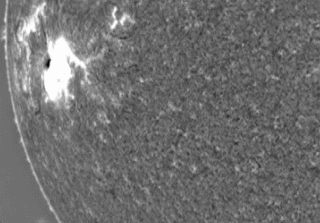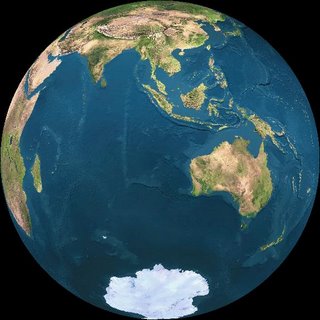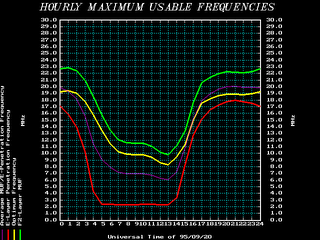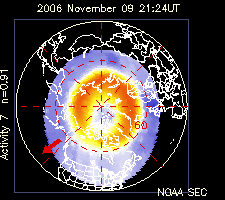
THE STORM IS OVER: A coronal mass ejection hit Earth on Dec. 16th, but the glancing impact failed to re-energize geomagnetic activity. The severe magnetic storm of Dec. 14th is truly finished.
GOODBYE... and thanks for the X-flares. Sunspot 930 announced itself on Dec. 5th with one of the
strongest flares in years--an X9, followed by an X6 on Dec. 6th, an X3 on Dec. 13th and an X1 on Dec. 14th. Not bad for solar minimum!
Now the spot is departing. The sun's rotation is carrying it toward the western limb where it disappear from view in a day or so.
As soon as sunspot 930 is out of sight, solar activity will return to low levels. Stay tuned for quiet.







